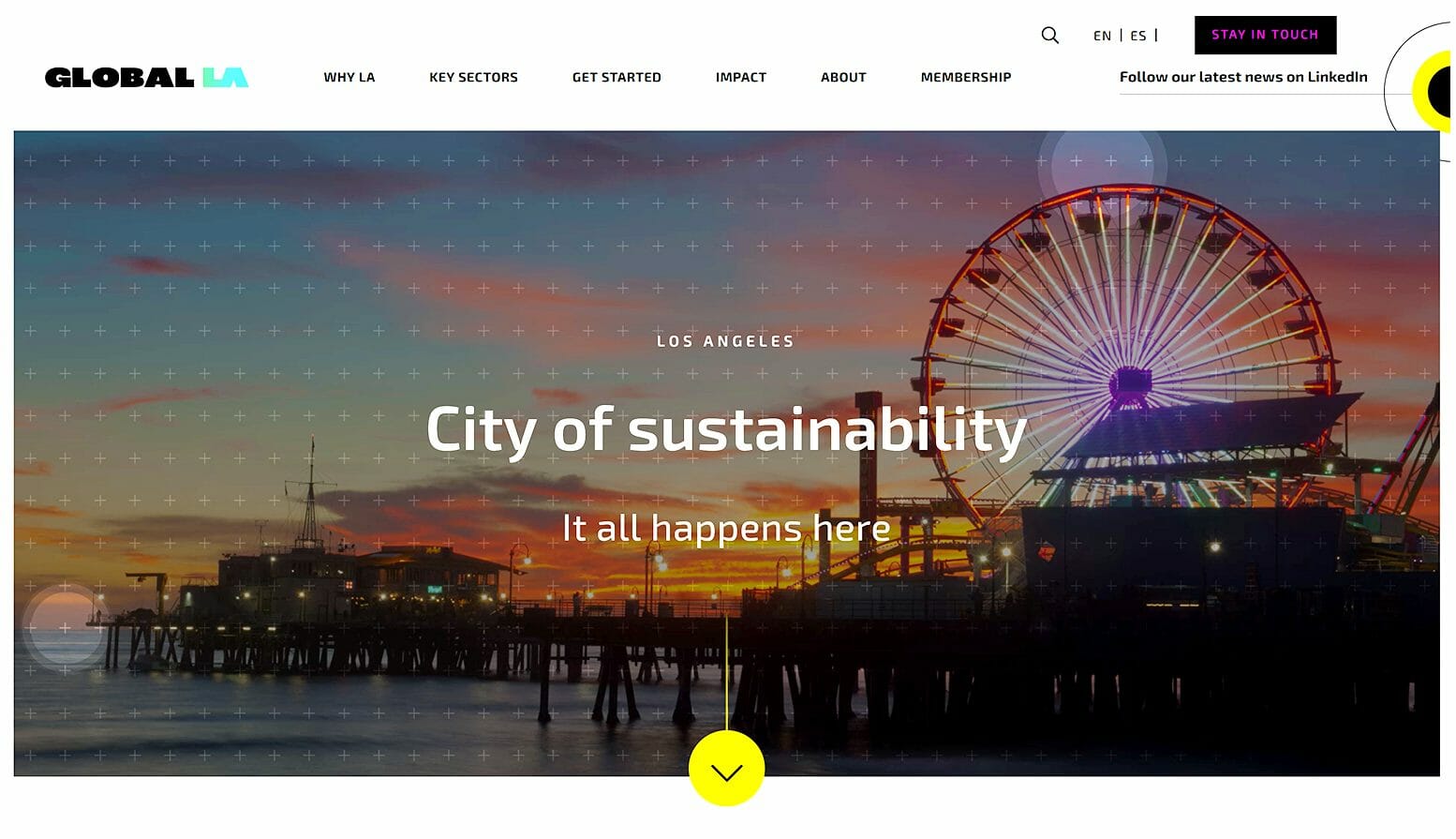20 Jul ‘19
Climb the Charts! 7 Advanced SEO Techniques You Can’t Miss out on
20 Jul ‘19
In: Search Engine Optimization (SEO), / By: Ripe Media

Or do you just want to ensure the competition has an even harder time competing?
If so, you’ll need to make sure you have some advanced SEO in place in addition to the basics like on-page content optimization and a solid backlink profile.
If you’re looking for some tips to bring your search engine optimization to the next level then you’re in the right place, read on for some easy routes to advanced SEO techniques which will help you soar through the SERPs.
1. Broken Link Building
Broken link building is a time-honored strategy, but many people don’t actively engage in it.
The premise is simple: you find websites within your niche and then look for 404 errors in their external links. Most people use tools to make it easier.
From there you’ll either have a relevant piece of content to replace the link or you can create one if you believe that it’ll come in handy.
You’ll then contact the webmaster, informing them of the broken link and gently suggesting your own content in its place in order to secure a solid backlink from the targeted page.
It’s not always successful, but in the worst-case scenario you ended up with a new piece of content that you can use if you come across another broken link.
2. Make Longer Content
Gone are the days of 300-500 word blog posts ranking on a regular basis. While relevant landing pages with low word counts can often help you get ahead it’s simply not feasible to write only short posts and expect to rank on a regular basis.
Instead, you should aim for upwards of a thousand words. In general, the longer the better but around 2,000 words seems to be the sweet spot when it comes to optimization and rankings.
Long-form content is the rule these days, rather than the exception and it’s one of the best ways to come up through the ranks. Just make sure that you’re not spending words just to spend them, instead the longer content should be used to add more depth and increase the quality of your reader’s experience.
3. Always Be Responsive
Responsive web pages rank better.
The fact is that over 50% of all web traffic comes from mobile devices these days and if your site is only optimized for computers you’ll be missing out on all of that traffic.
This is pretty simple with WordPress: nearly all of the themes which come with the interface will automatically resize for phones and tablets.
If you’ve coded a site from scratch, however, you may have some extra work to do if you’re looking to get mobile-ready.
4. Don’t Forget Loading Speed
One of the key components of technical search engine optimization is how quickly the pages on your site load.
Google has even confirmed that mobile loading speed is an important ranking factor.
Even better, if you’re having trouble figuring out what’s causing trouble then you can use Google’s PageSpeed Insights Tool to help you troubleshoot which is a godsend for site owners who don’t have a large development skillset as well.
You should regularly audit the speed, especially if you’re adding large plug-ins or images on a regular basis.
5. Aim For Featured Snippets
Those little blurbs that pop up on the top of a Google search?
You can leverage those if you’re careful about how you produce your content. Google’s emphasis has always been on user experience, but recently they’ve been able to focus in on it much more tightly through their algorithm.
A featured snippet will usually occur when you make the top rankings and have an easily quotable source of information on a search query. You can help yourself to these by making sure that you have great content in the first place and then performing proper off-page SEO to bring everything up to par.
Not only is it indicative of high rank in the SERPs, but it’s also a great way to take up more of the front page and get more clicks directly from the link featured in the snippet box.
6. Take Care of Your Images
One of the most often overlooked facets of on-page SEO is the images. Most people just throw them up with random file names, some will take care of that by changing the name of the file.
But you can go much deeper, depending on how your website has been created.
Obviously, the images should be relevant and titled, but don’t try and go through making exact match keywords for each image or you’ll only end up shooting yourself in the foot.
Use a program, or even WordPress itself if that what you’re using, to resize the image so it’s an exact match as well. For image-heavy pages, you’d be surprised at just how much of a difference it makes.
Lastly, use alt-text which describes the picture as closely as possible. This is an accessibility feature, not one which you should exploit for keyword potential. Accessibility is a big part of Google’s core plan, however, which means it’s important for the overall link juice of the page.
It’s pretty surprising how many otherwise great web designers happen to overlook this little bit of extra SEO power.
7. Refresh Old Content
Any page or post which is over a year old should be given a second look on a regular basis.
Do you have more to add?
Is your page out of date?
Can you improve this post or page as a whole with some simple updates?
If the answer to any of the above is yes then you can get a lot of power out of “recycling” old material. It should still have the initial link juice, but refreshing the page will make the Google spiders take notice and it may be just the thing needed to get a post back on top.
You should regularly audit older content. Not everything requires updating but a few word changes and an updated headline can still bring things back to light if they’ve fallen off over time.
Managing Advanced SEO
Basic SEO can be done by almost anyone, it’s the judicious use of advanced SEO techniques which really separates the amateurs from the professionals.
Of course, not everyone has the requisite skill or time to make sure that their SEO is constantly on-point. Maybe you’d just rather focus on your business than the web page itself, or possibly you just don’t have the time to consistently stay on top of both the page and the constantly evolving set of best practices.
If you’d like to reap the benefits of improved branding, great SEO, and even better web design then you’re in the right place. Contact us today.















